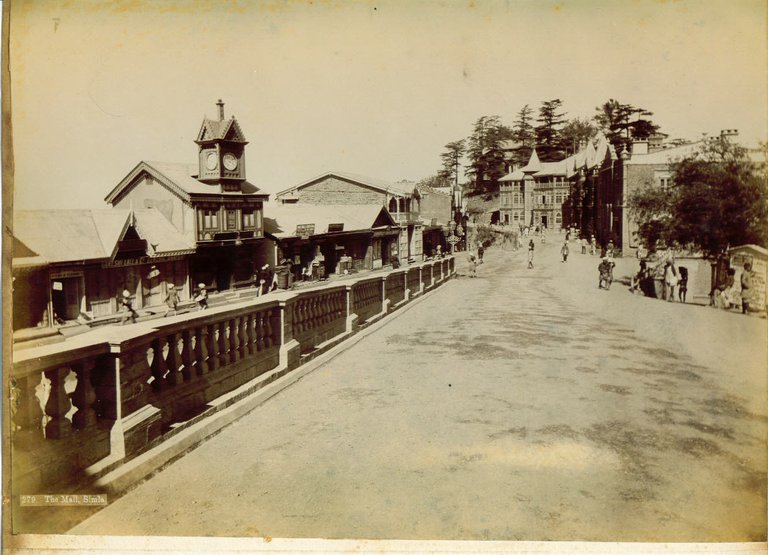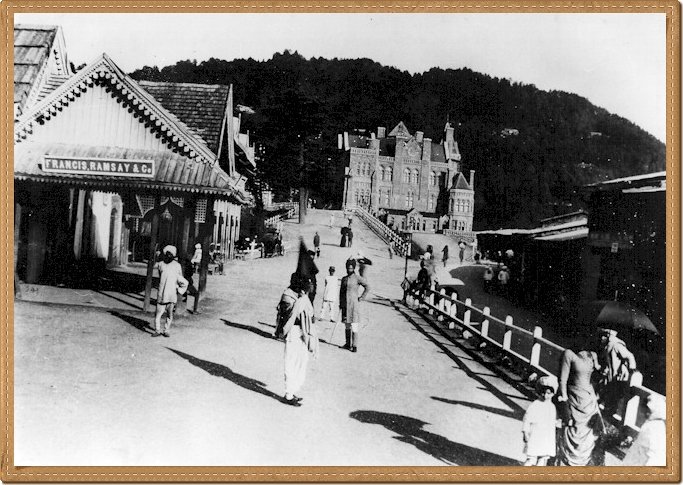
During the colonial period in India racial discrimination was visible in many parts of the land, in particular, in cities and in cantonments. People of all faiths were affected by this British assertion of power, pelf and superior race. At one point of time, the discrimination and repression reached the summit and ultimately it led to a big rebellion in 1857. With barely 80,000 British soldiers in India, it took a while for them to put down the mutiny. When the Indian administration came directly under the Crown, the British, smart as they were, continued their divide and rule policy in a subtle way. Earlier, the divide and rule maxim in collusion with the powerful Indians did not succeed. This time, they planned the laws as a ruse and smartly passed them in the British parliament to divide, break and fragment the Indian society. For example the Rowlatt Act-1919, Indian Police Act-1861, Land acquisition act-1894, etc. With respect to higher appointments on the civil and administrative sides, they were occupied by British civilians and in some places army officers. Though there were many capable Indians to hold such positions, the highest positions they could reach in the early 19th century colonial India were of a subaltern in character. So, subtle discrimination against the natives in the subcontinent continued unabated as before 1857. In the summer capital of Shimla, the Mall was a famous place and the British officials of the municipality introduced some nobnoxious laws to keep up their superiority. and insult the natives, in particular poor people.
The Mall Road is an important landmark of Shimla, now the capital city of Himachal Pradesh, India. During the colonial period, it was the summer capital of the Raj and countless European families used to make a beeline to this hill town (now a city) nestled in a quiet mountainous area to beat the heat waves and hot sun on the plains. Constructed during British colonial rule, the Mall road is located a level below the ridge and here are located the offices of municipal corporation, fire service, and police headquarters, etc. It is a heaven for tourists and locals who can comfortably walk on the wall and go shopping because except emergency vehicles, other vehicles are prohibited. No air pollution, no din and noise from passing vehicles.
On the Mall road are available native handicrafts items, woolen clothes, etc., in addition, there are department stores, shops, restaurants and cafes.
Though British India was governed from Shimla during the summer months, Shimla itself was governed by the Municipal Board. Established in December 1851, the Board was a powerful body that oversaw everything from water-supply, sanitation, taxation, road-building, lighting and traffic regulation..
The Board did something that was unpalatable, disgusting and racially discriminatory. The infamous traffic by-laws which came into force targeted against the Indians. They prevented Indians from using the major thoroughfares in Shimla, thereby preserving the Britishness or English 'feel' to the town. The "Shimla Municipality By-Law for the Regulation and Prohibition of Traffic" reads:-
By-law"1. No person shall take, keep, or use an elephant or camel in any place within Municipal limits without the previous sanction of the President or Secretary of the Municipal Committee.
By-law 3. No cattle, sheep, goats or pigs and no mules or other animals used for draught or burden shall be permitted in the roads and streets specified as prohibited in the second schedule annexed to these rules.
By-law 5. From the 15th March to the 15th October, both days inclusive, and between the hours of 4pm and 8pm, no job porter or coolie shall solicit employment, loiter, or carry any load in any street mentioned in the first schedule annexed to these rules.
By-law 6. No person shall solicit alms, or expose or exhibit any sore, wound, bodily ailment or deformity in any street with the object of exciting charity or obtaining alms."
It caused indignation and anger among some Committee members.

Above image: Scandal point is where the Mall road joins Ridge road on the west side. The name arose from the sensational news of the elopement of a British lady, the daughter of the highest official - British Viceroy, with an Indian Maharajah of Patiala (Punjab). Later, the Maharajah was denied entry into Shimla by the British authorities. In a retaliatory move, the rich Maharajah built a new summer capital with residence – now the famous hill resort of Chail, 45 km from Shimla. The most prominent feature of the point today is a statue of the Indian freedom fighter Lala Lajpat Rai Next to Scandal Point is the General Post Office, Shimla.
Hi! I am a robot. I just upvoted you! I found similar content that readers might be interested in:
https://navrangindia.blogspot.com/2017/10/the-mall-shimla-once-indians-were-not.html